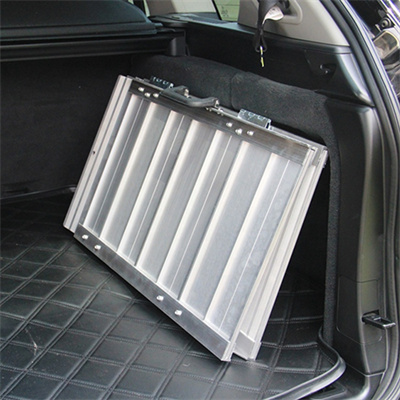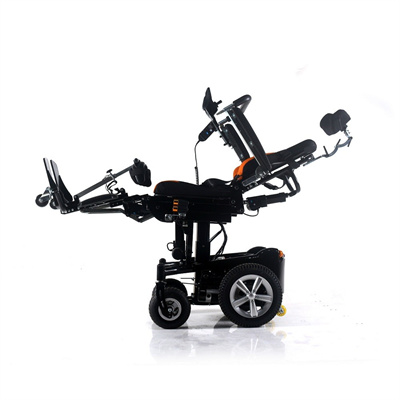Assistive technology goes well beyond wheelchairs and includes a wide range of devices and tools designed to enhance the independence, mobility, communication, and overall quality of life for individuals with disabilities. Here are some examples of assistive technology beyond wheelchairs:
- Communication Devices:
- Augmentative and Alternative Communication (AAC) Devices: These devices help individuals with speech or language impairments communicate. They may include speech-generating devices, communication boards, or apps that use text-to-speech technology.
- Eye-Gaze Systems: Eye-tracking technology allows individuals to communicate by moving their eyes to select words or symbols on a screen.
- Mobility Aids:
- Mobility Scooters: Similar to wheelchairs, mobility scooters provide individuals with limited mobility the ability to move around independently.
- Canes and Crutches: These assistive devices provide support and stability for individuals with mobility challenges.
- Walkers: Walkers offer support and balance assistance for individuals who have difficulty walking.
- Prosthetics and Orthotics:
- Prosthetic Limbs: Artificial limbs are designed to replace missing body parts and restore mobility and function.
- Orthotic Devices: Orthotics are custom-designed supports or braces that help individuals with musculoskeletal issues maintain proper alignment and function.
- Hearing Aids and Cochlear Implants:
- Hearing aids amplify sounds to assist individuals with hearing loss in better understanding speech and environmental sounds.
- Cochlear implants are surgically implanted devices that provide auditory stimulation directly to the auditory nerve for individuals with severe hearing loss or deafness.
- Adaptive Computer Hardware and Software:
- Screen Readers: These software programs convert text on a computer screen into speech or Braille, allowing individuals with visual impairments to use computers.
- Voice Recognition Software: Voice-activated software enables individuals with mobility impairments to control computers and devices through spoken commands.
- Environmental Control Systems (ECS):
- ECS allows individuals with limited mobility to control home appliances, lights, and climate systems using assistive technology devices, voice commands, or smartphone apps.
- Assistive Listening Devices:
- These devices, such as personal FM systems or loop systems, help individuals with hearing impairments hear better in public places, classrooms, or group settings.
- Braille Displays and Note-Taking Devices:
- Braille displays provide tactile output of digital information for individuals with visual impairments.
- Note-taking devices assist students and professionals in taking notes and accessing information in Braille or digital formats.
- Sip-and-Puff Systems:
- These systems enable individuals with limited hand or limb mobility to control computers, wheelchairs, and other devices by sipping or puffing into a straw-like interface.
- Adaptive Gaming and Recreation Equipment:
- Specialized gaming controllers and equipment are designed for individuals with disabilities to enjoy video games and recreational activities.
- Proximity and Environmental Sensors:
- These sensors can detect motion, proximity, or specific environmental conditions to enhance safety and independence.
- Smart Home Technology:
- Smart home devices like voice-activated assistants, automated lighting, and security systems can be integrated to enhance accessibility and convenience.
- Wearable Technology:
- Wearable devices, such as smartwatches and fitness trackers, can provide alerts, reminders, and health monitoring for individuals with disabilities.
Assistive technology continues to advance, providing innovative solutions that empower individuals with disabilities to lead more independent and fulfilling lives. These technologies aim to break down barriers and promote inclusion, allowing individuals to participate fully in education, employment, recreation, and daily activities.




















